Introduction
The art of combining protein-rich ingredients with hearty accompaniments has long been a cornerstone of global cuisine. Among these, the fusion of tender fish and chewy, aromatic rice cakes creates a dish that is both comforting and culturally rich. Today, we delve into the preparation of Braised Black Carp with Glutinous Rice Cakes, a recipe that marries the delicate flavor of black carp with the satisfying texture of glutinous rice cakes. This dish, rooted in traditional Chinese cooking techniques, offers a harmonious balance of savory, umami-rich broth and perfectly cooked ingredients. Whether you are a seasoned home cook or a curious novice, this guide will walk you through each step, ensuring a memorable culinary experience.
Ingredients: Assembling the Building Blocks
Before igniting the stove, gather the following ingredients to ensure a seamless cooking process. Each component plays a pivotal role in building layers of flavor and texture:
- 1 whole black carp (approximately 2.2–2.7 lbs/1–1.2 kg): Known for its firm, mild flesh, black carp is ideal for braising.
- 8–10 glutinous rice cakes (fresh or frozen): These cylindrical cakes, made from glutinous rice flour, absorb broth beautifully.
- 3 tbsp vegetable oil: For searing the fish and sautéing aromatics.
- 4 garlic cloves, minced: Adds a pungent, aromatic base.
- 2-inch ginger, thinly sliced: Imparts a subtle warmth and depth.
- 1 medium onion, diced: Caramelizes to sweeten the broth.
- 3–4 dried red chilies (optional): For a hint of heat.
- 1/4 cup light soy sauce: Provides saltiness and color.
- 2 tbsp dark soy sauce: Enhances the broth’s richness.
- 1 tbsp oyster sauce: Contributes umami and sweetness.
- 1 tbsp Shaoxing wine: Deglazes the pan and eliminates fishy odors.
- 1 tbsp rock sugar (or brown sugar): Balances saltiness with mild sweetness.
- 4 cups chicken or fish stock: Serves as the braising liquid.
- 1 tbsp cornstarch mixed with 2 tbsp water: For thickening the sauce.
- Salt and white pepper: To taste.
- 2–3 green onions, sliced: For garnish.
- 1/4 cup fresh cilantro leaves: Adds freshness.
Equipment Checklist

- A large, heavy-bottomed pot or wok (4–5 quart capacity)
- A sharp cleaver or chef’s knife
- Cutting board
- Mixing bowls
- Tongs or a slotted spoon
- Measuring spoons and cups
Step 1: Preparing the Black Carp
The foundation of this dish lies in properly handling the fish. Begin by scaling and gutting the carp. Rinse it thoroughly under cold water, paying special attention to the abdominal cavity to remove any traces of blood or impurities. Pat the fish dry with paper towels—this ensures a golden sear later.
Using a sharp knife, make three diagonal slits on each side of the fish. These incisions allow the braising liquid to penetrate the flesh, ensuring even cooking and flavor absorption. Rub the fish generously with 1 tbsp of vegetable oil, 1 tsp of salt, and 1/2 tsp of white pepper. Set aside to marinate while you prepare the remaining components.
Step 2: Preparing the Glutinous Rice Cakes
If using frozen rice cakes, transfer them to a bowl of cold water and let them soak for 20–30 minutes. This step softens the cakes and prevents them from becoming gummy during cooking. Drain and pat them dry just before adding to the pot.
For fresh rice cakes, simply rinse them under cold water and set aside. Their pliable texture requires minimal preparation.
Step 3: Searing the Fish
Heat 2 tbsp of vegetable oil in the pot over medium-high heat. Once the oil shimmers, carefully place the marinated fish into the pot. Let it sear undisturbed for 4–5 minutes per side, or until the skin turns golden brown and crispy. Use tongs to gently flip the fish, taking care not to tear the flesh.
Pro Tip: A well-seared fish locks in juices and imparts a caramelized flavor to the broth. Avoid overcrowding the pot; if necessary, cook the fish in batches.

Step 4: Sautéing Aromatics
After searing, transfer the fish to a plate. Reduce the heat to medium and add the remaining 1 tbsp of oil to the pot. Toss in the minced garlic, ginger slices, diced onion, and dried red chilies (if using). Sauté for 3–4 minutes, stirring occasionally, until the onion softens and the aromatics release their fragrance.
Step 5: Building the Braising Liquid
Deglaze the pot by pouring in the Shaoxing wine, scraping up any browned bits from the bottom. Add the light soy sauce, dark soy sauce, oyster sauce, and rock sugar. Stir until the sugar dissolves. Pour in the chicken or fish stock, increase the heat to high, and bring the mixture to a boil.
Step 6: Braising the Fish and Rice Cakes
Gently return the seared fish to the pot, nestling it into the simmering broth. Add the prepared glutinous rice cakes, ensuring they are submerged. Reduce the heat to low, cover the pot, and let the dish simmer for 15–20 minutes. The low, slow cooking allows the fish to absorb the flavors while the rice cakes soften and plump.
Key Technique: Avoid vigorous boiling, as this may break apart the fish. Maintain a gentle simmer throughout.
Step 7: Thickening the Sauce
After 15 minutes, check the doneness of the rice cakes—they should be tender but not mushy. If the broth is too thin, gradually stir in the cornstarch slurry while gently swirling the pot. Continue simmering for 2–3 minutes until the sauce thickens to a glossy consistency.
Step 8: Final Seasoning and Garnish
Taste the broth and adjust seasoning with salt or white pepper as needed. For an added layer of complexity, a drizzle of sesame oil can be stirred in at this stage. Transfer the fish and rice cakes to a serving platter, spooning the thickened sauce over the top. Garnish with sliced green onions and fresh cilantro leaves.
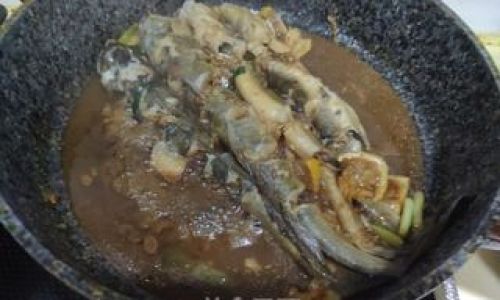
Serving Suggestions
This dish shines when paired with steamed jasmine rice or a side of stir-fried greens. The interplay between the tender fish, chewy rice cakes, and aromatic broth creates a meal that is equally comforting and elegant. For a heartier presentation, serve alongside crispy pancakes or hand-pulled noodles.
Variations and Substitutions
- Protein Swap: Replace black carp with snapper, sea bass, or even chicken thighs for a non-seafood alternative.
- Gluten-Free Option: Use tamari instead of soy sauce and ensure the oyster sauce is gluten-free.
- Spice Level: Adjust the number of dried chilies or omit them entirely for a milder dish.
- Vegetarian Twist: Substitute the fish with deep-fried tofu puffs and vegetable stock.
Troubleshooting Common Issues
- Mushy Rice Cakes: Overcooking is the culprit. Add them during the last 10 minutes of simmering.
- Bland Flavor: Ensure the fish is adequately seasoned before searing, and don’t skimp on the aromatics.
- Broken Fish: Handle the fish gently when flipping and transferring. A fish spatula can aid in delicate maneuvering.
Cultural Context and Health Benefits
Braising is a time-honored technique in Chinese cuisine, prized for its ability to transform humble ingredients into nourishing meals. Black carp, a freshwater fish, is rich in omega-3 fatty acids and lean protein, while glutinous rice cakes provide sustained energy through their complex carbohydrates. This dish embodies the philosophy of yīn yáng balance—harmonizing flavors, textures, and nutritional elements.
Conclusion
Crafting Braised Black Carp with Glutinous Rice Cakes is a labor of love that rewards the cook with a symphony of flavors and textures. By adhering to meticulous preparation and respecting the nuances of each ingredient, you create not just a meal, but a cultural experience. Whether shared with family or savored solo, this dish invites diners to appreciate the timeless art of Chinese home cooking. So, gather your ingredients, heat the pot, and embark on a culinary journey that bridges tradition and innovation.
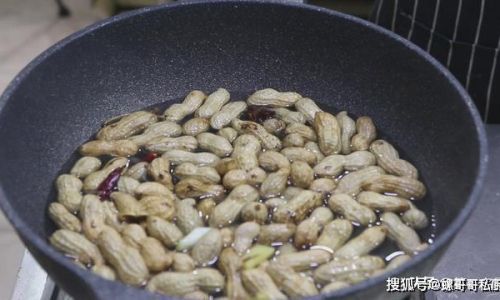
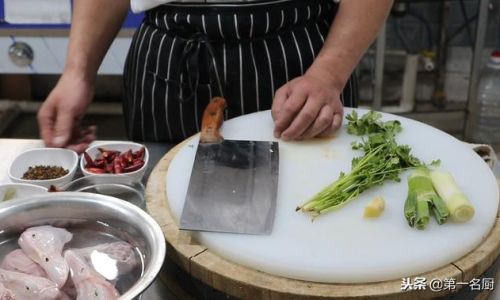
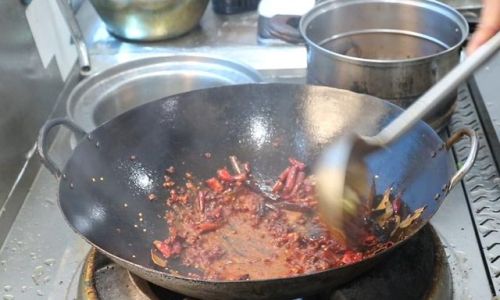
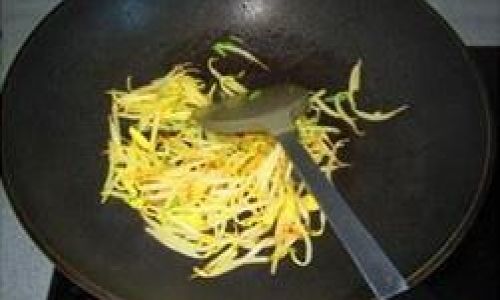


0 comments